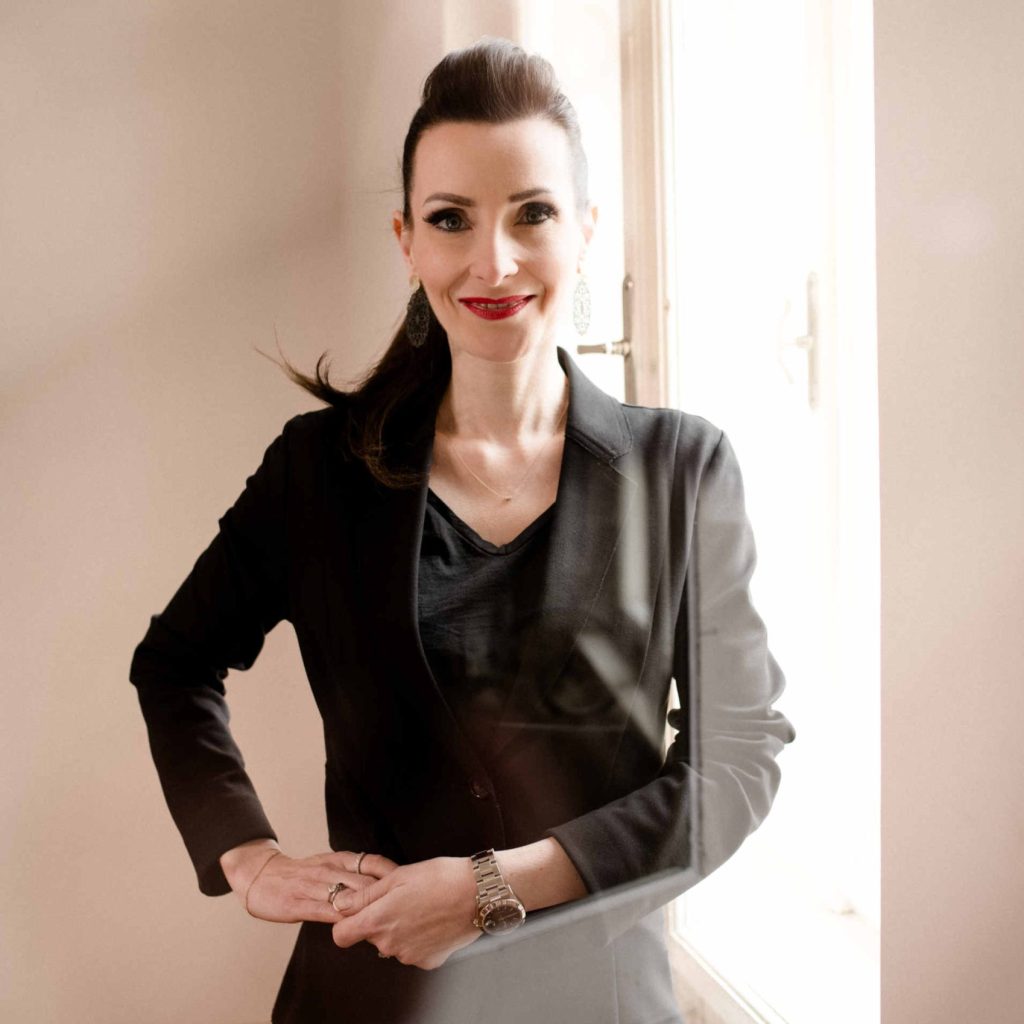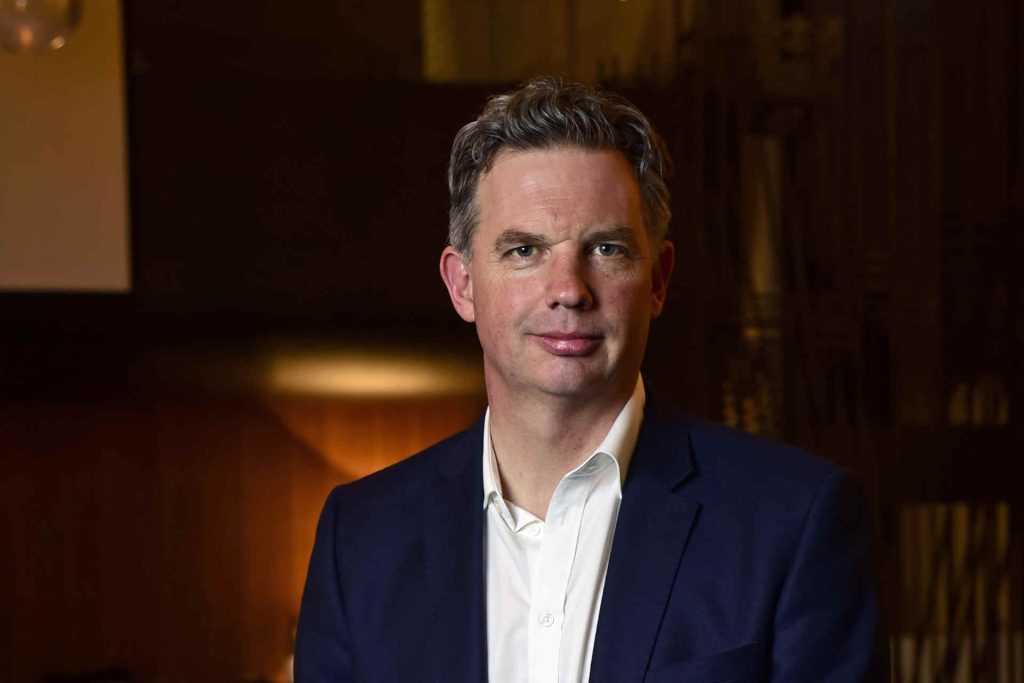

“Fine dining is becoming freer, more democratic, more human”
William Drew is Director of Content of the renowned The World’s 50 Best Restaurants and has been traveling to the world’s most innovative, exciting and influential restaurants for over a decade. Insights into upcoming trends, personal highlights – and why the future of fine dining must not only be sustainable, but also more inclusive, creative and surprising.
ALEXANDRA GORSCHE: William, let's look ahead: what big changes do you expect to see in the international restaurant scene over the next few years?
WILLIAM DREW: Sustainability will go from being a sideshow to being at the heart of gastronomic philosophy: less food waste, more plant-based options, better working conditions. At the same time, hyper-personalization will continue to grow in importance - because restaurants want to offer their guests a truly incomparable experience.
What do you particularly enjoy about this - and what worries you?
I find it exciting how diverse and accessible gastronomy is becoming: Talented people from different cultures are telling their stories through the plate. This is exactly what we promote with initiatives such as Champions of Change or the 50 Best Discovery collection. What I find worrying, however, is when AI kitchens replace the human element - because gastronomy thrives on craftsmanship and the connection between people. Economic pressure also remains an issue: rising costs, a shortage of skilled workers, ecological burdens - all of these pose major challenges for small businesses.
What has changed the most in fine dining over the last ten years?
Fine dining today is less exclusive, but much more emotional. Instead of rigid labels, there are immersive experiences that stimulate not only the palate but also the mind. Many of the best restaurants in the world today are total works of art made up of flavors, design and storytelling.
Despite all your travels, has there been one experience that has remained particularly memorable?
Oh, many! But my one visit to the legendary El Bulli was definitely special. The multi-sensory spectacle at Ultraviolet in Shanghai or a simple seafood meal on the beach in Melbourne are also among the highlights. It is and remains a privilege to have access to these extraordinary moments.
You have been active at 50 Best for over ten years. What are you particularly proud of?
Above all, how we acted during the pandemic: With the 50 Best for Recovery fund, we raised 1.3 million dollars for ailing businesses. Our platforms, with which we focus on people who use gastronomy as a positive force in society, are also very important to me.
How do you understand the role of 50 Best in today's culinary world?
We celebrate the people who shape the industry - not only in restaurants, but also in bars and hotels. It's not just about awards, but also about inspiration and guidance for guests worldwide. And: we want to make voices and cuisines visible that were previously underrepresented.
The brand is now much more than a list - what does that mean to you personally?
It is an honor to be part of this platform. 50 Best offers the opportunity to make talents and their stories visible globally. Promoting this diversity is both meaningful and motivating for me.
What role will young chefs and new restaurant concepts play in the future?
They are absolutely crucial. That's why we provide concrete support for young talent with the 50 Best Restaurants Scholarship - for example with internships at El Celler de Can Roca or SingleThread. But formats that focus on sustainability, inclusion or new technologies are also redefining fine dining.
From a storytelling perspective, which developments in food culture fascinate you in particular?
The revival of indigenous cuisine: chefs are telling their story through traditional ingredients and techniques - like Virgilio and Malena Martínez with Mater Iniciativa in Peru. I also find the new generation who are bringing their multicultural origins to the plate equally exciting - such as Kwame Onwuachi in New York or Jeremy Chan in London.
What is often misunderstood when it comes to choosing the 50 best?
Many people believe that there are fixed criteria - but that's not true. Any restaurant that is open at election time can be chosen - regardless of age, style or previous awards. Each juror decides for themselves what is “the best”. This is precisely why we rely on credible, anonymous experts worldwide.
50 Best offers the opportunity to make talents and their stories visible globally.
50 Best offers the opportunity to make talents and their stories visible globally.



William Drew is Director of Content of the renowned The World’s 50 Best Restaurants and has been traveling to the world’s most innovative, exciting and influential restaurants for over a decade. Insights into upcoming trends, personal highlights – and why the future of fine dining must not only be sustainable, but also more inclusive, creative and surprising.